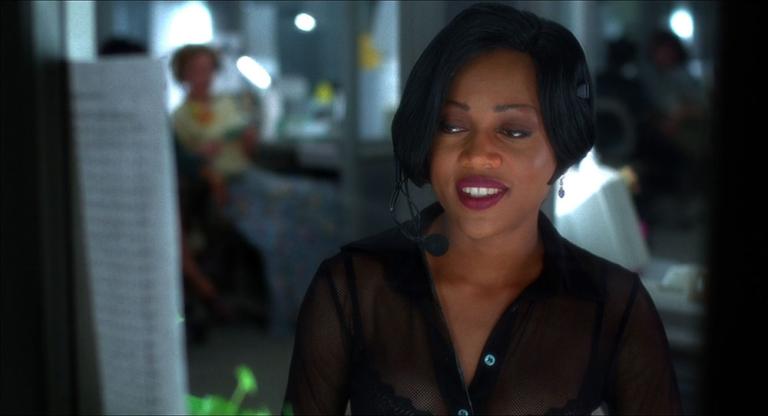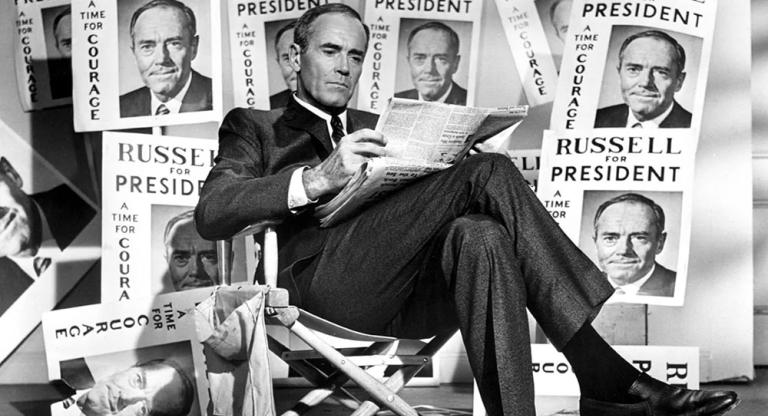
“No actors, no images made by myself,” Harun Farocki said regarding the new documentary quality of his 1980s films. As You See marks the beginning of a new period for the filmmaker, though the Brechtian ethos of oeuvre continues undisturbed. Like Godard, Farocki’s embrace of an irresolvable dialectic, though occasionally achieving continuity, estranges the viewer from the comfort of clean signification.
In the film, Farocki’s focus is on the city as a microcosmic site where technological development scrambles the social fabric. His method, not unusual for Farocki, is of materialist impulse: each scene refers to the uneasy juxtaposition of machines developed for the worker and machines developed for war.
The film opens with the Egyptian hieroglyph for “city,” while the narrator points to the crossroads as the genesis of urban space. As the traveller who follows a line encounters a junction, s/he must stop to ponder in which direction to proceed. A group begins to form as more travellers pause at the fork. Merchants settle near the group to cater to the demand of a new market. Army factions use the crossroads as a Schelling point in strategy.
Thus the city begins at the intersection of a line and a line. In Euclidean geometry, two line segments must lay on one plane if they are to touch. Skew lines a city doesn’t make, but an intersection on a plane—the point where two lines collide—presupposes a polis. On the plane of the city, two machines, the plow and the canon, form their own crossroads, competing with one another to determine the primary line of technological progress. The conflict created by the two dispositifs—an apparatus for agriculture and an apparatus for assault—drives Farocki’s dialectic in As You See.
The narrator compares a horse to the human eye just as we are shown a photo of a dead horse next to a tank on a WWI battlefield. The horse charts a path on the city’s plane, as does the eye of the cinematic camera, but the horse is dead: the animal and the cinema have been rendered obsolete by this blunt symbol of planetary war. Diegetic musings on the function of film in society are vintage Farocki, but this harrowing mixture of images betrays the artist’s genuine existential uncertainty of his place within the technological acceleration of mass death. Farocki asks: has the function of war machines eclipsed the function of cinema?


